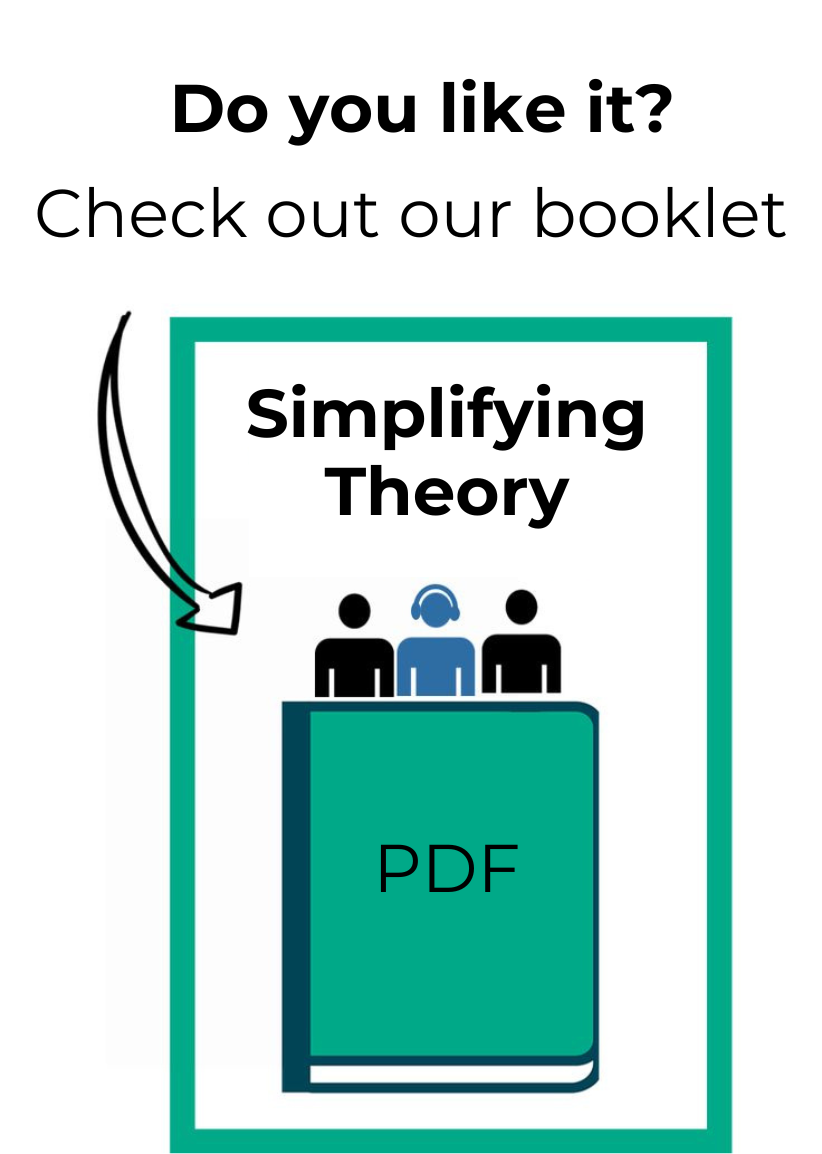The minor fourth degree chord (IVm6) is a chord that does not belong to the natural major key, because in this tonality, the fourth degree is major.
Thus, it generally acts as a Borrowed Chord of the parallel mode in this context, because it belongs to a minor key. As this chord commonly appears in songs, we dedicated a specific topic to talk about it. Generally, the minor fourth degree appears with an additional sixth (IVm6), as this produces a pleasant sound for this chord.
To improvise on top of it, we can think of the parallel mode or its own melodic minor scale. This second option is a little-known secret, and we will (as always) explain why this is possible.
First, let’s name names. Suppose we are in the key of C major and suddenly the Fm6 chord appears. This chord can be seen with a disguised Bb7. Compare below:
- Fm6 notes: F, C, D, G#
- Bb7 notes: Bb, F, D, G#
Notice how these two chords have 3 identical notes, being different only in the tonic. The main similarity here is that the Fm6 chord contains the tritone of Bb7, which is formed by the notes D and G#. Therefore, Fm6 can be interpreted as a dominant (in this case, the dominant V7 of Eb, since Bb7 is a fifth above Eb). Also, note that Eb is the relative major of Cm.
Very well, since Fm6 is acting as Bb7, we can use the melodic minor scale one fifth above Bb7 (if you don’t remember this feature, read the topic “melodic minor scale”).
But the fifth degree of Bb7 is F itself, which is why we can use the melodic minor scale of F on top of Fm6 in this context.
Notice an example of using the minor fourth degree in the first part of the song “Trem das cores” by Caetano Veloso (see on Youtube). We will show you only the initial chords to prove that this minor fourth degree feature is actually used:
| D D(#5) Gmaj7 | Em Gm6 |
In the second bar, the Gm6 chord is acting as IVm6, since the tonality is D major.
Go to: Improvisation with outside notes
Back to: Module 11
